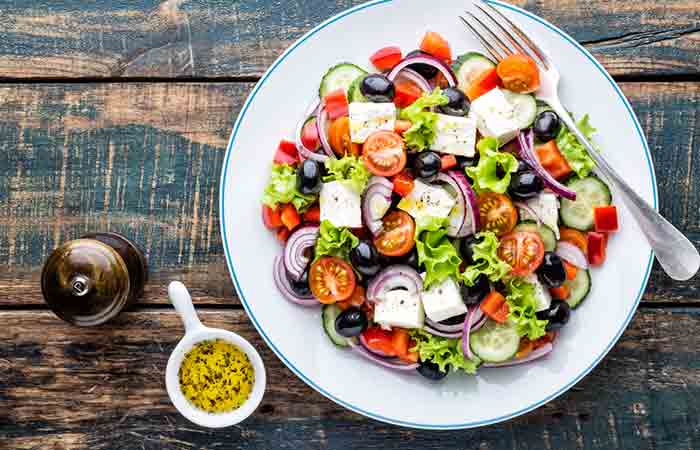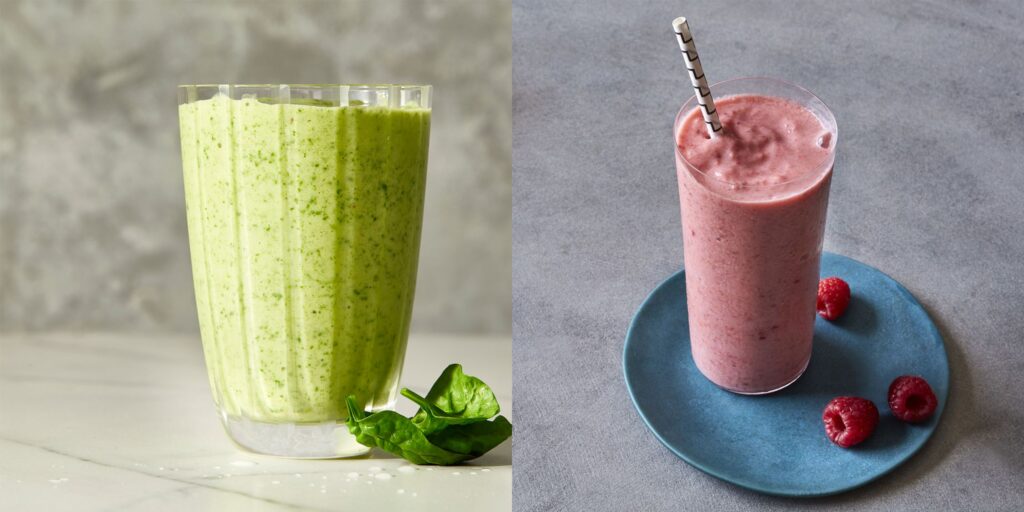If you are starting a ketogenic diet or are looking to induce a state of ketosis, you likely have a few questions. Even though ketosis has been long established as a reliable method to lose weight, stay healthy and extend your life, many people still have doubts about whether or not it can be a good fit for their lifestyle.
As someone who has been in and out of ketosis throughout my life, I can tell you that it is difficult to sustain. That’s why you need to be certain that you are doing it the right way, and the majority of people who start a ketogenic diet are simply looking to get their body used to produce and burn ketones.
Even though it has been proven repeatedly that ketosis is a reliable method to induce weight loss and improve health, some people still have their doubts. They think that eating a lot of fat will make them fat and cause them to gain weight again.
It’s true that a high fat intake is not good for everyone and that there are plenty of other ways to lose weight. However, a lot of people are also not aware of the fact that there are certain rules to staying in ketosis. In this article, we will go over everything you need to know about eating more calories to stay in ketosis.
What is Ketosis?
Ketosis is a natural metabolic process when you don’t consume any carbs. When carbohydrates are absent from the diet, your body turns to stored fat and protein in your muscles as its primary energy source.
This is why ketosis is often referred to as the “fat burning state.” You can induce ketosis by fasting, severely restricting calories, or consuming large amounts of fat.
Many people turn to a ketogenic diet to lose weight and prevent diseases like type 2 diabetes.
Finding Your Basal Intake
One of the first things you should do when starting a ketogenic diet is found your basal metabolic rate (BMR). BMR is the number of calories your body would naturally consume every day if you were at rest and weren’t exercising.
To calculate your BMR, you will need to subtract your total weight (including any water weight) from your weight and divide by 2. If you are 175 pounds and your BMR is 1,900 calories, you can eat between 1,200 and 2,000 calories a day on a ketogenic diet.
Ketogenic Food Lists
When starting a ketogenic diet, the first thing you will want to do is make a ketogenic food list. For this list, we recommend eating as much animal protein as possible and low carb vegetables, low carb fruits, low carb legumes, and low carb dairy.
Animal protein – lean cuts of red meat, fatty cuts of poultry, or eggs. Vegetables – low-carb vegetables like cauliflower, broccoli, Brussels sprouts, asparagus, onions, garlic, spinach, and mushrooms. Fruits – low carb fruits like berries, apples, pears, and avocado
Eating Enough Protein
To be in ketosis, you will want to eat 0.5 to 1 gram of protein per pound of body weight. Protein regulates hormones and keeps your metabolism high, so you don’t want to go below this amount.
The best way to get this protein is from low carb sources like lean red meats, poultry, low carb protein powders, low carb eggs, low carb vegetables, and low carb dairy.
Making Your Ketogenic Food
The next thing you will want to do when starting a ketogenic diet makes your low-carb ketogenic food. This could be as simple as low carb meatballs, low carb homemade muffins, low carb donuts, low carb pancakes, low carb pizza, low carb burritos, or low carb tacos.
The possibilities are endless, and you can make almost any food you like into a low-carb version. You don’t have to limit yourself to the foods listed either, as you can use any low-carb ingredient as long as it doesn’t have sugar or starch added to it.
Summary
Eating more calories is necessary for those who want to stay in ketosis. If you are eating less than your BMR and not consuming enough fat, protein, and low-carb vegetables, you will experience a state of “starvation,” and your body will begin to break down your muscle tissue and store fat to survive.
To stay in ketosis and lose weight, you need to eat enough calories above your BMR while consuming the right macronutrients. Protein, fat, and low-carb vegetables are an important part of this diet and should be considered when creating your low-carb ketogenic food list.


